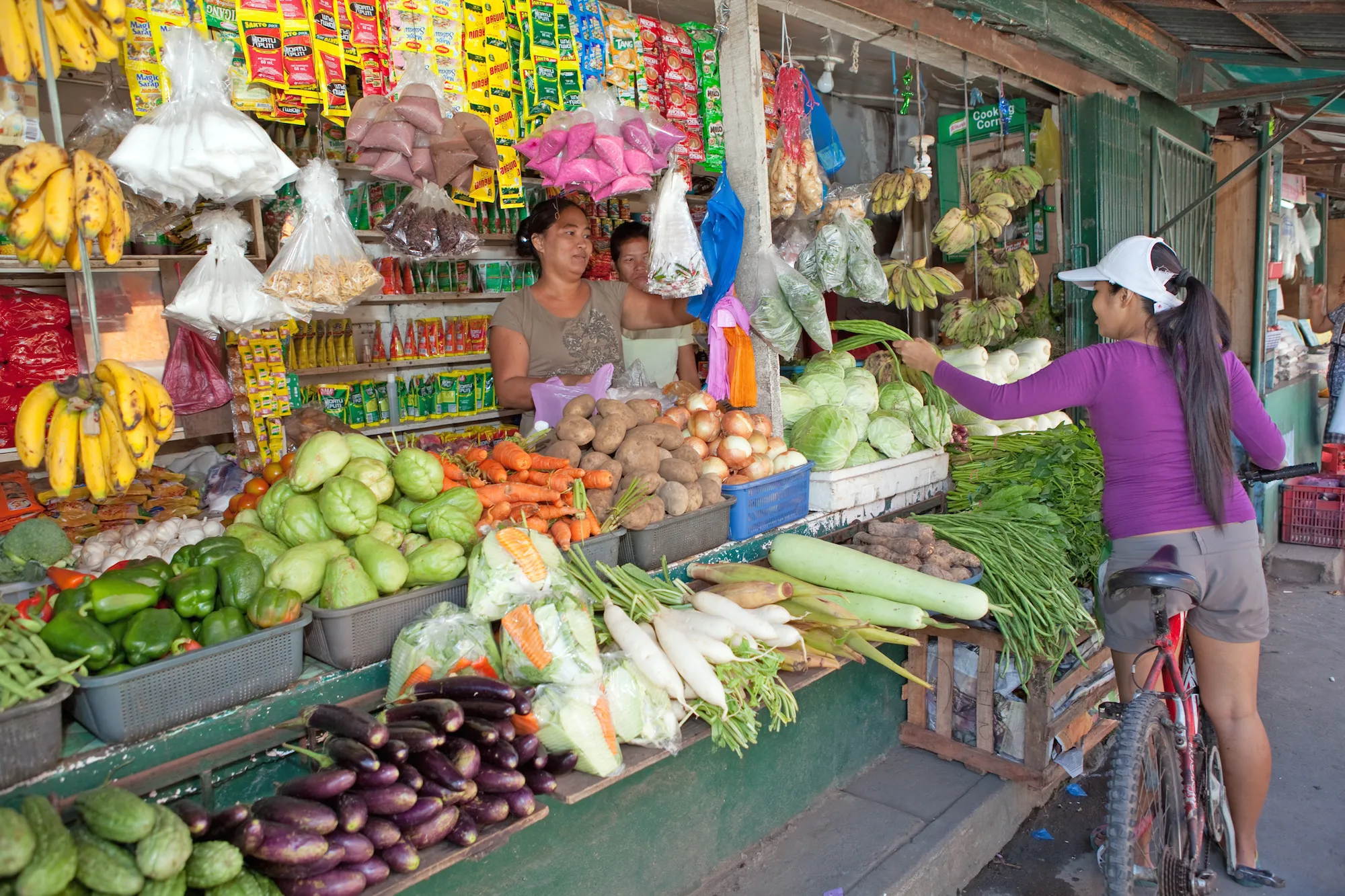An Example of MSME Business in the Philippines
Ever walked past a thriving sari-sari store in your neighborhood or bought handcrafted goods at a local market? If so, you’ve encountered an example of MSME business in the Philippines, which plays a crucial role in the country’s economy. These small businesses aren’t just part of the scenery—they’re vital cogs in the economic engine of the Philippines. Let’s dive into an example of a Micro, Small, and Medium Enterprise (MSME) that epitomizes the spirit of entrepreneurship in the country.

1. Understanding MSMEs in the Philippines
Micro, Small, and Medium Enterprises (MSMEs) form the backbone of the Philippine economy. In fact, according to the Department of Trade and Industry (DTI), these businesses account for 99.5% of all enterprises in the country and employ over 60% of the workforce. MSMEs are classified based on asset size and number of employees:
- Micro enterprises: Assets up to PHP 3 million, fewer than 10 employees.
- Small enterprises: Assets between PHP 3-15 million, 10-99 employees.
- Medium enterprises: Assets between PHP 15-100 million, 100-199 employees.
Clearly, MSMEs are crucial in driving economic activity and employment.
2. Sari-Sari Stores: A Quintessential Example of MSMEs
Sari-sari stores are the epitome of Filipino entrepreneurship. Specifically, these small neighborhood convenience stores sell everything from snacks and canned goods to mobile load credits. Moreover, they are found on almost every street corner, serving as a lifeline for communities by providing quick access to everyday essentials.
What makes sari-sari stores unique? Their informal yet highly effective business model allows them to thrive, particularly in rural and suburban areas where larger retailers may not be present.
3. The Economic Impact of Sari-Sari Stores
Sari-sari stores play a significant role in local economies. For instance, they contribute in the following ways:
- Boosting Local Economies: By sourcing goods from local suppliers and catering to community needs, these stores circulate money within the neighborhood.
- Creating Jobs: Many sari-sari stores are family-run, providing employment opportunities for household members.
- Serving as Financial Bridges: Some sari-sari stores offer informal credit systems, allowing customers to “buy now, pay later,” which helps those in tight financial situations.
Without a doubt, their presence uplifts communities by addressing both economic and social needs.
4. Challenges Faced by Sari-Sari Stores
Despite their ubiquity and importance, sari-sari stores face several challenges:
- Limited Capital: Many owners struggle with small profit margins, making it hard to expand or upgrade their operations.
- Competition: The rise of large supermarkets and online retailers poses a significant threat to their survival.
- Regulatory Hurdles: Navigating permits and taxes can be daunting for informal businesses.
As a result, these obstacles often limit the growth potential of sari-sari stores.
5. Empowering Sari-Sari Stores Through Technology
Digital transformation is key to empowering sari-sari stores. Platforms like Bentamo provide tools and resources to help store owners manage inventory, accept digital payments, and even tap into e-commerce opportunities. For example, technology can make a difference in the following ways:
- Inventory Management: Apps help owners track stock levels and avoid running out of popular items.
- Digital Payments: By accepting cashless transactions, sari-sari stores can cater to a broader customer base.
- E-Commerce Integration: Some platforms allow store owners to sell products online, reaching customers beyond their immediate locality.
One inspiring story involves a sari-sari store owner in Cagayan de Oro who used Bentamo’s digital tools to optimize inventory and accept e-wallet payments. As a result, their monthly revenue grew by 30% within a year, demonstrating the potential of digital empowerment.
6. Future Prospects for Sari-Sari Stores and MSMEs
The future is bright for sari-sari stores and MSMEs that embrace innovation. Looking ahead, here are some trends to watch:
- E-Commerce Opportunities: As online shopping becomes more popular, sari-sari stores can evolve into hybrid models, offering both in-store and online sales.
- Government Support: Policies aimed at providing loans and grants to small businesses can further strengthen the sector.
- Digital Payments: The increasing adoption of e-wallets and QR codes offers a seamless way for stores to conduct transactions.
Ultimately, by adapting to these trends, sari-sari stores can continue to thrive in an ever-changing economic landscape.
Conclusion
Sari-sari stores exemplify the resilience and ingenuity of Filipino MSMEs. While they face challenges, their adaptability and the rise of digital solutions offer immense potential for growth. Indeed, by embracing technology and innovation, these humble stores can continue to thrive and play a pivotal role in the Philippine economy.